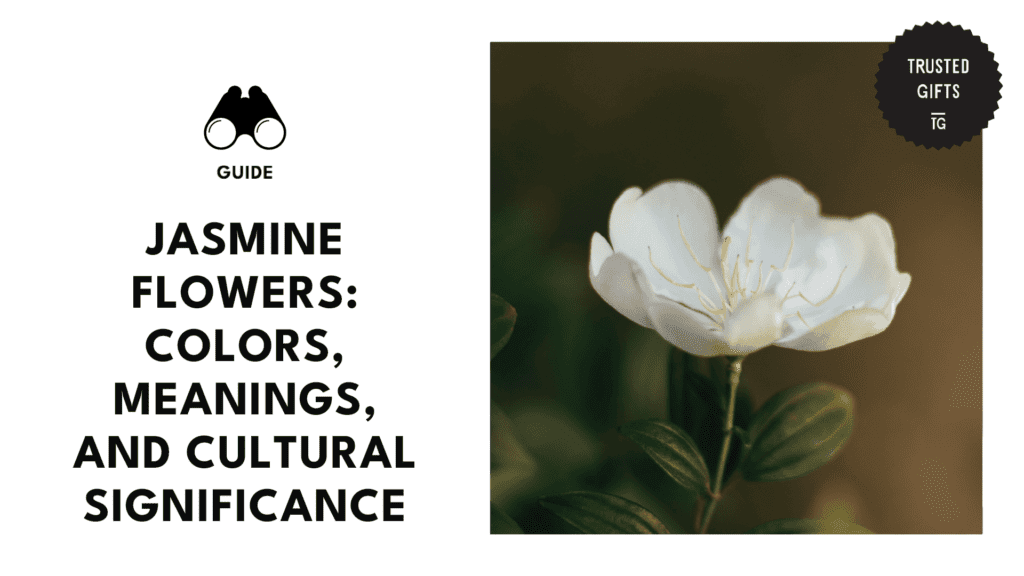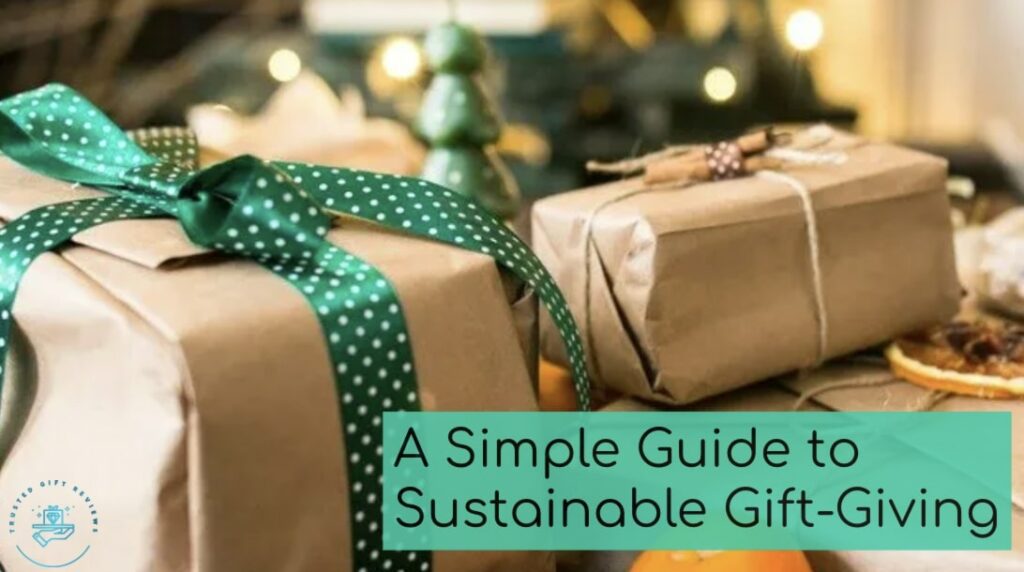Jasmine flowers are well-loved for their beauty and fragrance. Behind almost every popular perfume in the market is a label emphasizing the naturally appealing scent of jasmine flowers.
However, beyond these flowers’ sweet scent and beautiful appearance are symbolism and cultural impact often overlooked.
In this guide, we’ll discuss every meaning and cultural significance of jasmine flowers that you probably didn’t know.
How did the jasmine flower get its name?


The jasmine flower got its name from the Persian word yassameen, which means “gift from God.” The same Persian word was used as the basis for the flowers’ genus name, Jasminum.
What is the botanical origin of the jasmine flower?


Jasmine flowers are native to the Eurasian, African, and Oceania regions, but several species have been naturalized to other parts of the world over the years. They’re from the Jasminum genus of the Oleaceae.
Common jasmine or Jasminum officinale is the most popular species of jasmine flowers and is native to the Caucasus and some Asian countries. Other jasmine species you might be familiar with are Arabian, pink, and winter jasmine.
Where do jasmine flowers grow?
Jasmine flowers originally grow in tropical and subtropical areas of the Eurasian and African regions, but they now grow almost everywhere in the world. They gained popularity, so other countries started cultivating their own.
That said, South and Southeast Asia have the highest numbers of jasmine flowers globally.
Do jasmine flowers require a lot of maintenance?
Jasmine flowers don’t particularly need a lot of maintenance, but they still need a certain degree of care to thrive. They can be forgiving with drought, but it’s still best to provide them with regular watering and full sunlight.
You will generally just need to pay them attention in the beginning, when they’re still establishing their roots. After they are established in their soil, you won’t need to do much except basic watering and sunlight.
Do jasmine flowers need shade or sun?
Jasmine flowers are used to growing in tropical and subtropical regions, so they do need full to partial sunlight. Little to no sunlight can stop them from flowering.
When do jasmine flowers bloom?
Jasmine flowers will first bloom in spring, but they will continuously produce flowers until late fall. Some may start blooming in late winter, especially those grown in areas with mild winters.
Each flower will only last a few days but don’t worry because the plant will immediately replace them with new jasmine flowers.
What kind of soil do jasmine flowers prefer?
Jasmine flowers prefer nutrient-rich, sandy, loamy soil with a slightly acidic pH. The flower loves having moist soil but may die if the soil becomes waterlogged, so choose a well-draining mix.
When is the best time to plant jasmine flowers?
The best time to plant jasmine flowers is from early summer to late fall, typically June to November. Planting around these months gives the jasmine flower ample time to establish and grow its roots before winter comes.
When you plant around these months, you can typically expect them to bloom by the following spring.
What do jasmine flowers mean?


Jasmine flowers carry various meanings in different cultures, but they’re most commonly associated with romance. They release a sweet and alluring fragrance, leading many to use them as symbols of passion and deep affection.
In addition to this, Jasmine’s delicate beauty and fragrance are also seen as a reflection of the qualities of a traditionally feminine woman. It’s used to symbolize anything feminine and beautiful.
What do the colors of jasmine flowers mean?


What did the jasmine symbolize in various historical periods?


During the 14th century, jasmine flowers were widely seen among the Italians as a representation of the Virgin Mary.
Several medieval paintings of women were also depicted with jasmine flowers in them, showing the Italians’ association of jasmine flowers with women. This association still remains true today, as anything with Jasmine is seen as feminine.
What are the cultural associations of the jasmine flower?


What are the uses of the jasmine flower?


Jasmine flowers aren’t just beautiful flowers you can gift to your lover, friends, or relatives. They can also be used to make various baked goods, desserts, teas, perfume, and even medicine.
How can jasmine flowers be used in cooking?


Jasmine can be used to flavor syrups; simply simmer water, sugar, and jasmine flowers in a pan. These syrups can then be used to infuse Jasmine’s delicate floral flavor into various baked goods, like pies, cupcakes, biscuits, and cookies.
You can also use jasmine-flavored syrups when making homemade ice cream, sorbet, and candies.
Another way jasmine flowers can be used in cooking is by adding them to dishes as edible garnish. They’re naturally visually appealing, so they elevate the plating of various dishes while adding floral flavor.
Can jasmine flowers be used in medicine?


Yes, jasmine flowers can and are actually often used in making medicines for various illnesses. Some common illnesses jasmine flowers can help alleviate include liver diseases, liver pain, and abdominal pain.
The flower’s sweet and pleasant fragrance is also thought to help create a relaxed environment for those with anxiety. Teas made of jasmine flowers also have a sedative effect that helps people who drink them calm down and relax.
While there is already research about the health benefits of jasmine flowers, consult with healthcare professionals before using them as treatments for any sickness to avoid complications.
How can jasmine flowers be used in perfumes?


To use jasmine in perfume making, submerge clean flowers in a water-filled bowl and let them sit there for at least 24 hours. Then remove the flowers and heat the scented water for a few minutes before transferring it to your perfume bottle.
You may also include some other ingredients with scents you find appealing, such as vanilla extract, orchid flowers, and more. The perfume can usually last for a month as long as it’s kept in a cool location.
If you want the perfume to have a strong jasmine scent, it’s best to leave the petals in the water longer. Letting it cure for about two to three weeks typically produces the best results.
How can jasmine flowers be used in gardening?


Plant jasmine flowers in your backyard or garden’s flower beds alongside other fragrant flowers to create a backyard filled with sweet aromas. You can also plant jasmine vines on your walls or fences to make them more visually appealing.
Jasmine flowers have a very sweet scent that attracts pollinators like bees and butterflies. This can help other flowers in your home bloom faster and healthier.
Once your jasmine flowers bloom, harvest a couple of them and place them in a beautiful vase to bring their beauty indoors. If you have a couple of plants indoors, you can also just plant jasmine flowers in pots and grow them inside your home.




